 In Ecuador, a country where poverty is a prominent social issue, education stands as an essential pathway out of impoverishment. In a modern world where technology is thriving, combining technology and education is beneficial to the population. Starting January 2021, Ecuador has been using AI to help students understand math to a greater extent.
In Ecuador, a country where poverty is a prominent social issue, education stands as an essential pathway out of impoverishment. In a modern world where technology is thriving, combining technology and education is beneficial to the population. Starting January 2021, Ecuador has been using AI to help students understand math to a greater extent.
Higher Education in Ecuador
According to CEIC Data, in 2015, the percentage of adults aged 25 and older with a bachelor’s degree or an equivalent qualification stood at just 12%. Due to the impacts of the COVID-19 pandemic, many higher education students in Ecuador faced learning losses or gaps.
With the help of funding from the World Bank, the Ministry of Higher Education, Science, Technology and Innovation (SENESCYT) in Ecuador started offering “artificial intelligence (AI) assisted academic support in math” to new students starting their higher education. According to the World Bank, “using AI [has] enabled access to large-scale, low-cost academic remediation programs.”
The program has improved math results for students, which will, in turn, increase skills and job opportunities. This is changing the face of Ecuadorian remedial education. The use of AI to help students will help solve any recurring problem of lowered access to face-to-face classes due to weather, lack of transportation or sickness.
Implementation
The conventional method for a school to provide extra courses to pupils with learning gaps was to hire a private tutor after school hours. Most parents had the same issues with their children — the children faced difficulty understanding course work. However, not everyone could afford the privilege of hiring a tutor. But, for those who could, parents found it difficult to ensure that each student would be helped in a customized way that caters to their individual pace of learning.
Now, with the help of technology, students are able to access academic support to improve their performance in math. The new AI-powered learning platform is able to tailor tutoring to students’ strengths and weaknesses and prior learning.
According to a February 2022 article by the World Bank, the portal has provided assistance to “more than 14,000 students in the technical and technological higher education system” since January 2021. With the support and involvement of more than 300 educators, more than 400 technical and technological higher education courses implemented the AI tutoring program.
The Importance
According to the World Bank, as of 2020, 33% of Ecuadorians are living under the national poverty line. Access to education can help to combat poverty. According to UNESCO, “if all students in low-income countries had just basic reading skills (nothing else), an estimated 171 million people could escape extreme poverty. If all adults completed secondary education, we could cut the global poverty rate by more than half.”
In this case, providing students with AI-powered academic support to improve their critical skills will help to lay a foundation that paves the path to greater job opportunities. There is a correlation between education and poverty as education provides the skills and knowledge essential for accessing well-paying, skilled employment opportunities to break cycles of poverty. Because of this, access to good quality education is an antidote to poverty. Ecuador’s use of AI to address gaps in learning stands as a step toward the nation’s future economic prosperity.
– Frema Mensah
Photo: WikiCommons
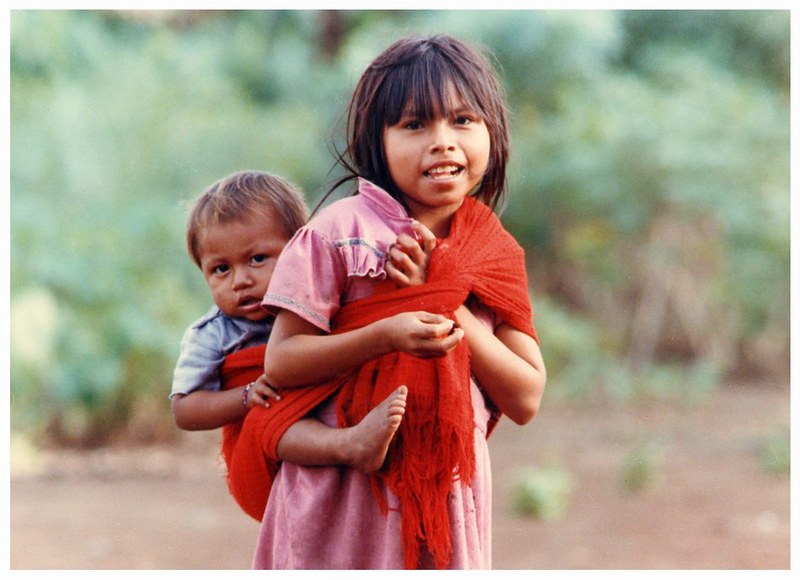 Child poverty in Ecuador is on the rise in Ecuador, resulting in poorer standards of living and higher rates of child mortality. Efforts from organizations around the world are successfully fighting against this, promoting the health and education of Ecuador’s youth.
Child poverty in Ecuador is on the rise in Ecuador, resulting in poorer standards of living and higher rates of child mortality. Efforts from organizations around the world are successfully fighting against this, promoting the health and education of Ecuador’s youth. “Ciudad de Ariel” is an elementary school in the rural town of Duran, Ecuador. In this small school, people are
“Ciudad de Ariel” is an elementary school in the rural town of Duran, Ecuador. In this small school, people are 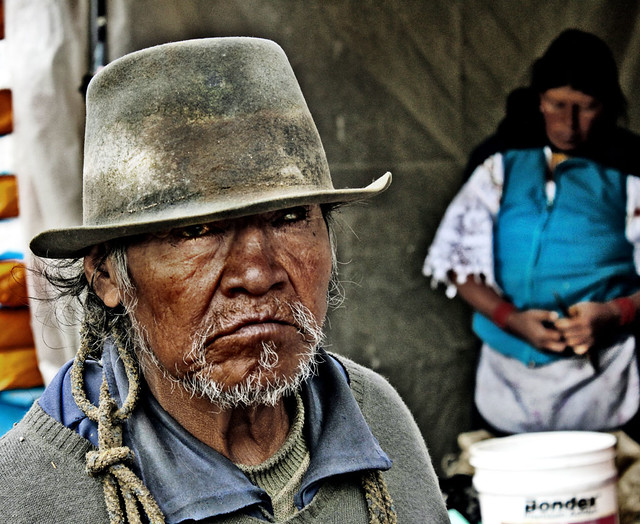 Ecuador is a country that faces a multitude of pervasive problems. One such problem is the high rate of corruption taking place within the country. According to Transparency International,
Ecuador is a country that faces a multitude of pervasive problems. One such problem is the high rate of corruption taking place within the country. According to Transparency International,  Those living in poverty often have limited access to basic necessities such as food, water and shelter. Beyond these basic necessities lies the need for free or affordable healthcare, yet so many countries are still lacking in that regard. Insufficient health centers and medical treatments do little to stop the spread of life-threatening diseases such as HIV. Mothers with HIV have
Those living in poverty often have limited access to basic necessities such as food, water and shelter. Beyond these basic necessities lies the need for free or affordable healthcare, yet so many countries are still lacking in that regard. Insufficient health centers and medical treatments do little to stop the spread of life-threatening diseases such as HIV. Mothers with HIV have 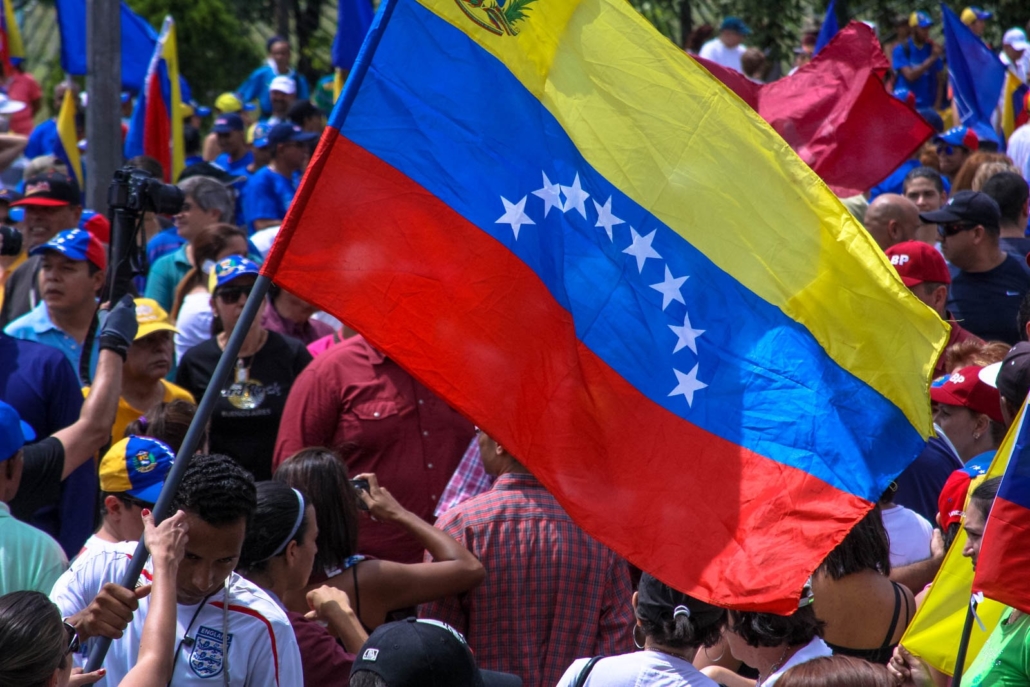

 Ecuador is a small, resource-rich country sandwiched between the Andes mountains and the Pacific Ocean on Latin America’s western coast. Home to just over 16 million people, the country’s geography brings with it numerous advantages and pitfalls for infrastructure in Ecuador. With a landscape containing some of the continent’s tallest peaks and the thick jungle of the Amazon, infrastructure in Ecuador is a challenge — but oil revenues, largely found off the coast or in the interior of the country, have spurred a development boom over the last decade.
Ecuador is a small, resource-rich country sandwiched between the Andes mountains and the Pacific Ocean on Latin America’s western coast. Home to just over 16 million people, the country’s geography brings with it numerous advantages and pitfalls for infrastructure in Ecuador. With a landscape containing some of the continent’s tallest peaks and the thick jungle of the Amazon, infrastructure in Ecuador is a challenge — but oil revenues, largely found off the coast or in the interior of the country, have spurred a development boom over the last decade.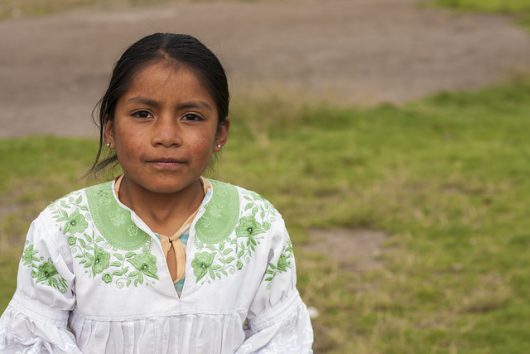 Natural disaster, domestic violence and overcrowded health facilities endanger the people of Ecuador. Despite being an oil-producing country, Ecuador’s economic resources cannot surmount these threats.
Natural disaster, domestic violence and overcrowded health facilities endanger the people of Ecuador. Despite being an oil-producing country, Ecuador’s economic resources cannot surmount these threats. 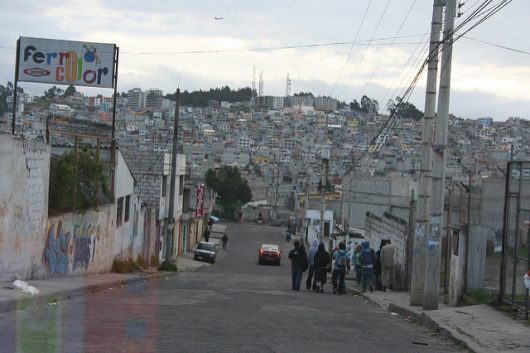 Ecuador’s
Ecuador’s 